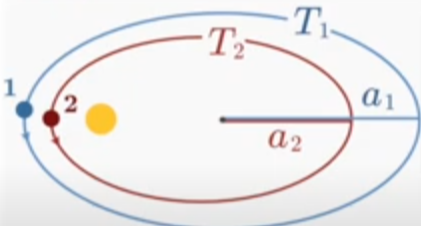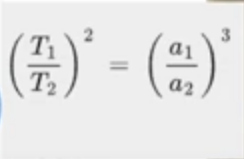Relationship (BPC)
| Broad Physical Categories (BPC) | Definition |
|---|---|
| 1. Property | An aspect of an entity’s identity. |
| 2. Characteristic | An aspect of an existent’s identity. |
| 3. Conditioning Connection | A characteristic of an existent where all or part of the identity of that existent is dependent in part on a characteristic of another existent. |
| 4. Necessary Connection | A characteristic of an existent where all or part of the identity of that existent is entirely determined by a characteristic or characteristics of certain other existents. |
| 5. Relationship | A property of an entity where a property or set of properties of that entity are conditioned by the properties of another entity. |
Note here that relationships themselves are a property. They are an aspect of an entity's identity; a relationship is a property of an entity. Specifically, relationships are a property that conditions an entity's other properties.
For example, a stick has a certain strength—that's a property. When it's woven in with a bunch of other sticks into a fence, when it's in a particular relationship, its strength is much greater since each stick is braced against each other stick. That bracing, that relationship, changes the properties of each individual entity.
You might be thinking that it's more appropriate to call this an action. Action is involved since if one stick gets bent, it's going to press against the other sticks and bend them. But to identify a relationship is simply to identify the way that each stick changes the properties—in this case, the strength—of each other stick.
We need a concept for how one entity can influence the identity of other entities in ways that aren't action. The reason we need that separate concept is that action involves change, and entities can influence each other's properties in static, unchanging ways. These sticks are not acting on one another; they are in a relationship with one another, conditioning the properties of one another.
Kepler found a mathematical equation that related the distance of a planet to the sun and the time it took for that planet to go around the sun:


Kepler's third law proves a relationship between the sun and planets.
Here's what Kepler can see: a property of the sun, namely its distance away from a planet, conditioned a property of that planet. Since a property of the sun conditioned a property of each planet, Kepler could use this concept of relationship to know with certainty that the sun was in some kind of relationship with each of the planets, even though that relationship could not be observed, not even with a telescope. Note that Kepler did this before gravity was discovered. Indeed, finding out that there was some kind of relationship between the sun and planets is a crucial step towards discovering gravity to begin with.
Differentiation: Relationship vs. conditioning connection.
Relationships are not the same thing as conditioning connections. Relationships are the way that properties of some entities condition the properties of other entities.
On the other hand, conditioning connections refer to any two facts conditioning one another. For example, the speed of a ball is conditioned by the speed of a bat that struck it. A characteristic of an action—the speed of the bat—conditions the characteristic of another action, the speed of the ball.
We want a word for how two characteristics can be connected without talking about the specific ways that the entities involved condition one another. Even though we want to talk about the connection before we understand the relationship that gives rise to it, we still have to remember that there is a relationship. If Kepler had just noted a correlation between the distance and the orbital period and then stopped there without thinking of the relationship which was behind that correlation, science just wouldn't have progressed.